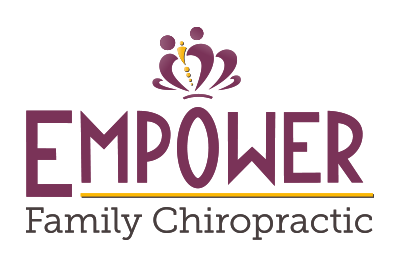Children & Teens
Why would I take my child or teenager to see a chiropractor?
Our passion for caring for children/teens resonates from the understanding of the age-old concept that one change in a young person’s life today can affect the entire course of their life and vitality for years to come! Unfortunately, many of the hard-to-correct problems we see in our office in adults, like scoliosis or headaches, are the result of long-standing subluxations that began, and remained undetected in childhood and/or adolescence. The earlier these areas are addressed, the easier it is to maintain proper structure, function and responsiveness to the inevitable stresses our body will endure as we age.
Childhood is also the perfect time for screening postural disorders such as scoliosis. A simple postural assessment by a chiropractor can quickly detect cases of scoliosis more at risk of evolving during growth spurts, allowing an effective early treatment, possibly in collaboration with orthopedists in more severe cases of postural disorders.
Unfortunately, if they are left uncorrected the body’s capacity for health and adaptation can reduce over time and the supposedly “normal” spinal degeneration and overall health ailments of adulthood will surely arise. Only 10% of the function of a nerve is designed to allow us to perceive pain, therefore, pain is always the body’s final warning defense that there is an underlying problem, not the first!



Posture matters
Posture and the Young Child
Although this may seem early for a child to have misalignments to their spine, birth injuries and falls taken when learning to walk can already begin to affect their posture.
Posture and the Pre-Adolescent
With a child who is between the ages of seven and ten, misalignments to the spine are more than likely due to minor falls and injuries associated with certain activities (sports, recess, trampolines, etc). With this age group we also begin to see significant time spent watching TV, frequent video game use, and in most of these instances, the child will be sitting in a head down position or with their shoulders hunched…a troublesome prolonged position for the developing spine.
In response to these repetitive strains, the body will typically begin to adapt to improper alignment and cause postural deviations that you can clearly see. They can include a tilting of the head, which may reflect a misalignment in the neck. A shoulder tilt might indicate a mid-back issue, and a tilted hip can mean a misalignment of the hip, sacrum, or lower back. If a child’s foot is turned outward or inward, this typically indicates a problem in the pelvic area.
These different deviations are “signals” of an underlying problem but generally there won’t be symptoms such as pain or discomfort related to these issues due to the age of the child.
Posture and the Pre-Teen / Teen
Many of the same issues faced by the pre-adolescent are simply compounded by the additional strains of life of a pre-teen or teenager. The most obvious issue is backpacks, which concerns strain to the spine, especially when loaded or carried improperly. Texting with he head bent down or too much time spine on the computer with shoulder hunched and bent forward continues to be a postural burden on the spine for this age group.
The average head weighs about 10 to 12 pounds
When we bend our necks forward 60 degrees, as we do to use our phones, the effective stress on our neck and upper back increases to 60 pounds — the weight of about five gallons of paint. Although the same postural deviations of children may be present in teens, you will find that teens may actually express symptoms of spinal stress more clearly, including neck and shoulder tension, headaches, and with teenage girls, even menstruation problems.
Do not wait until your teenager complains of back pain to visit a chiropractor. Prevention is very important during this growth period. Just like good nutrition, exercise and rest, make chiropractic care an integral part of a healthy lifestyle!

Common Causes of Spinal and Nerve Dysfunction for Children/Teens
- General knocks/fall when learning to walk and playing
- Being placed in car seats for extending periods of time (esp w/ inadequate support of the spine and neck)
- Sporting Activities (regular physical trauma)
- Accidents while riding a bike, rollerblading, playing football, etc.
- Repetitive or prolonged postures:
- Seated position at school desk
- Computer / Video Games
- Television / Ipad / Tablet
- Cell phone posture (“TEXT NECK”)
- Carrying heavy backpacks
Want to schedule a session? Have some questions for us?
Complete the short form on this page, or connect with us on the Contact Us page.
